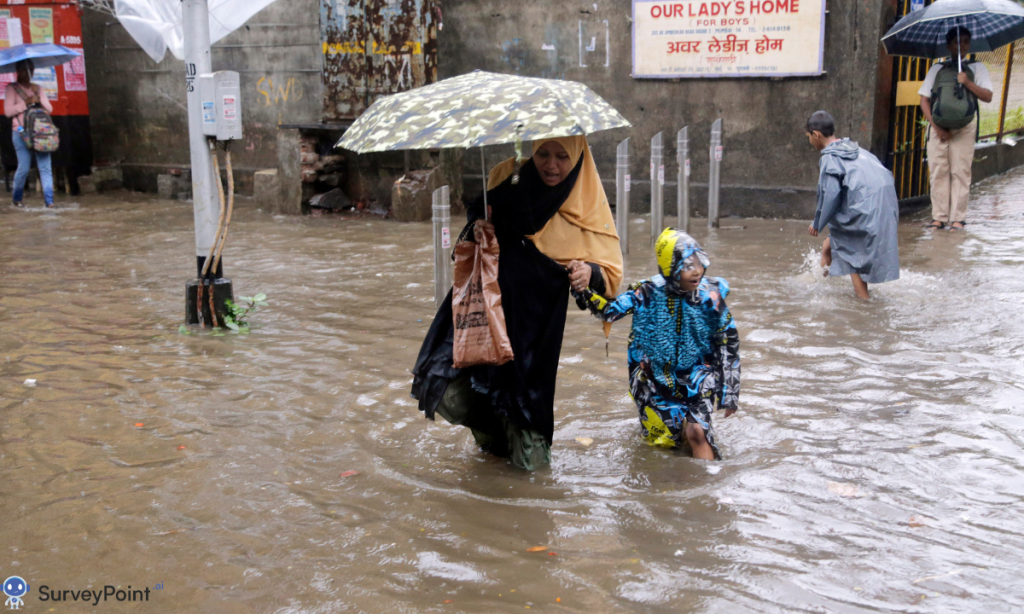
As the scorching heat of the Indian summer reaches its peak, the arrival of the monsoon is eagerly awaited by millions. The monsoon season in India, which spans from June to September, is not just a weather phenomenon but a cultural and agricultural lifeline. This period, marked by the rhythmic drumming of rain on rooftops and the lush greenery that follows, transforms the landscape and lives of the people.
The Meteorological Marvel
India’s monsoon is driven by the southwest monsoon winds, which originate from the Indian Ocean. These winds bring moisture-laden clouds that travel across the subcontinent, bringing much-needed relief from the oppressive heat. The onset of the monsoon typically begins in Kerala in early June and gradually progresses northwards, covering the entire country by mid-July.
Cultural Significance
The monsoon holds a special place in Indian culture and traditions. It is celebrated with festivals like Teej in Rajasthan, where women pray for the well-being of their husbands, and the Boat Races in Kerala, which showcase traditional snake boats gliding through rain-swollen rivers. Literature, music, and art are replete with references to the monsoon, symbolizing romance, renewal, and prosperity.
Agricultural Lifeline
For the predominantly agrarian society of India, the monsoon is the lifeblood of agriculture. The rains replenish groundwater, fill reservoirs, and provide the necessary moisture for crops like rice, sugarcane, and cotton. A good monsoon ensures a bountiful harvest, stabilizes food prices, and boosts the rural economy. Conversely, a weak or erratic monsoon can lead to droughts, crop failures, and economic distress.
Environmental Impact
The monsoon revitalizes the natural environment, turning parched lands into verdant landscapes. Forests flourish, rivers swell, and biodiversity thrives. However, it also brings challenges like floods and landslides, which can cause significant damage to life and property. The balance of the monsoon is delicate; too much or too little rain can have far-reaching consequences.
Urban Monsoon
In urban areas, the monsoon brings both relief and chaos. The cooling rains provide a respite from the heat, but they also test the resilience of city infrastructure. Waterlogging, traffic snarls, and power outages are common issues faced by city dwellers. Despite these challenges, the monsoon adds a unique charm to urban life, with people enjoying rain-soaked walks, hot chai, and pakoras.
Modern Challenges
Climate change is altering the dynamics of the monsoon, leading to unpredictable patterns and extreme weather events. There is an increasing need for sustainable water management practices, efficient disaster response systems, and robust infrastructure to mitigate the adverse effects of the monsoon while harnessing its benefits.
Conclusion
The monsoon season in India is a time of transformation and rejuvenation. It is a testament to the resilience and adaptability of the Indian people, who have learned to embrace the rains with hope and reverence. As the monsoon winds sweep across the country, they bring more than just rain; they bring life, sustenance, and a sense of shared experience that binds the nation together.
Whether you are a farmer in a rural village or a professional in a bustling city, the monsoon touches every aspect of life in India. It is a reminder of nature’s power and a celebration of the beauty that comes with the rains. So, as the first drops of the monsoon fall, let us welcome them with open hearts and cherish the season that breathes life into our land. For more information checkout- surveypoint.ai




